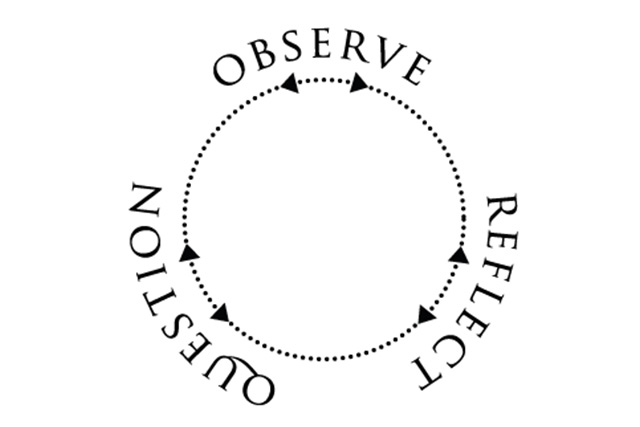primary sources
pieces of evidence that provide information about the past such as original documents, objects, photographs, and oral histories that were created during the historical period

Image credit: Library of Congress
Analyzing historical sources helps students think about different viewpoints.
Inquiry is asking questions and allowing your curiosity to drive further investigation into the subject matter. Consider this quote:
Asking questions broadens your knowledge and fuels your curiosity. Inquiry is necessary for learning to take place. It helps you to remember and make personal connections with the topics you learn about.
Learning often begins with a question. One way to learn about history is to ask questions about the past and investigate those answers using primary sources and secondary sources, or accounts of history created by someone who was not involved.
Inquiry plays an important role in the study of history. Historical records and artifacts are sources that tell a story from multiple perspectives. To draw conclusions about the past, we must carefully examine those sources, ask questions, and draw conclusions about the information. As you study the life and times of Harriet Tubman and Frederick Douglass, allow yourself to ask questions about anything that sparks your curiosity. There are no unimportant questions to ask when you analyze information from the past. Asking questions helps you to find meaning and make sense of what you are learning. While analyzing primary sources can raise questions, it can also answer the questions you may have.During this activity, you are encouraged to ask questions and seek answers to deepen your connection with the historical period and the lives of Tubman and Douglass.A K-W-H-L chart captures what you know, what you want to know (your questions), how you will find the information, and what you learn. You may wish to download and complete this K-W-H-L chart to keep track of your learning and any questions you have as you explore information.
Proceed to the next section to learn more about analyzing primary sources.